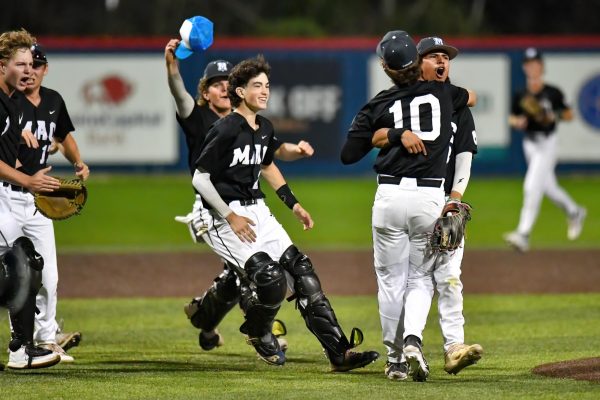First a mile then a marathon
What started out as a reason to just keep swimming is now a passion for Ian Clennan, who races in the 2018 USA Triathlon Junior Elite National Championships tomorrow
Ian Clennan, third from right wearing the orange wristband, prepared for the swimming leg at the start of a USA Triathlon national qualifier on June 23 in Monroe, Wash., about 45 minutes east of Seattle. Clennan qualified for naionals in the junior elite division and will compete at nationals tomorrow (Saturday) in West Chester, Ohio. Photo courtesy of Ian Clennan.
August 3, 2018
When meeting someone for the first time, the “what do you do?” question always seems to come up.
My usual reply: “Well, I’m a swimmer; however, I also compete as a triathlete.”
This answer often leads to the question of how I became a triathlete and why. The answer to that question starts in the pool.
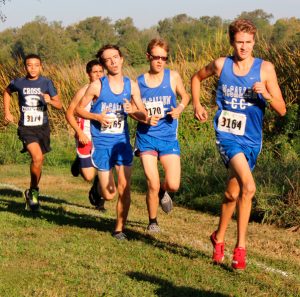
Ian Clennan sprints through the Decker Lake course slightly ahead of teammates Finn Corbett and Wyeth Purkiss at the district cross-country meet. The varsity boys placed third overall,
allowing the team to advance to regionals last fall. Photo by Madison Olsen.
After six years of competitive swimming, I began to notice symptoms of the infamous “burnout.” Maybe it was because I had been in the same sport for too long, but I started to dread going to any swim workout or event.
I changed swim teams trying to shake this feeling, and while the new team offered a nice break, my hatred for the sport continued to grow. As I adjusted to my new group of teammates, I discovered the sport of triathlon.
One of my coaches who was trying to start a team with her swimmers. Being former pro cyclists and mechanics, my coaches taught us what they knew about cycling and how to train with the little knowledge of triathlon they had.
We started very small, only a few athletes running out of a shop in Round Rock, where we would run and do bike handling drills. In October 2014, I competed in my first race, without any real knowledge of the sport. I arrived at the course on my BMX bike with goggles in hand. It was the longest 45 minutes of my life.
[Triathlon] has the potential to open countless opportunities to its athletes through both travel and education.
— Ian Clennan
As races came and went we learned as a team what we needed to do to become competitive, and I discovered real value in my years of swimming. After two years or so of racing locally, I competed in my first national-level race in Cincinnati.
National-level races completely changed my view of racing. The guys I was racing with were three and four years older than me. At first, it was overwhelming. The competition became much more intense, and as a result so did I. This is when my training became what it is today. To be competitive, my mile times had to drop two minutes and my bike speed averages had to increase three miles per hour in a race.

The distances also increased from a “super sprint” (200-meter swim, six-mile bike and one-mile run) to a “sprint” (750-meter swim, 15-mile bike and three-mile run). A typical triathlon starts with a swim ranging in distance between 200 meters and two miles in the longest races, bike distances ranging from six miles to 120 and running legs between a mile and a marathon; these vast gaps in distance make athlete training, fueling and equipment vary greatly from race to race.
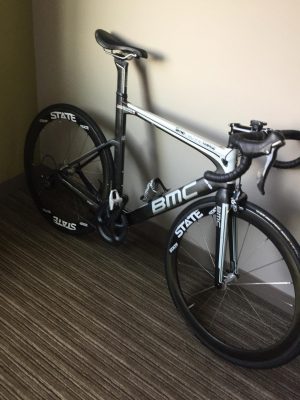
My races are called “sprints” (750-meter swim, 12-15-mile bike, three-mile run). They are half the distance of an Olympic triathlon. The Olympic triathlon is a “draft legal” race, meaning the bike portion is more like a traditional cycling race with large groups of cyclists instead of an age-group race, which is a time trial. These longer distances are also used off road in X-Terra races. These three types of racing use different equipment, the most obvious being the bike. In a draft-legal race a traditional road bike is needed with “drop bars,” and a traditional frame (see fig 1). In a non-draft race time trial bikes are more common, they are easy to identify by their exotic frame designs and aero bars (see fig 2). Off road races use mountain bikes for easier gear ratios and grip in mud.
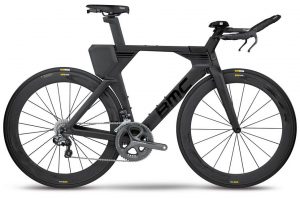
After four years of racing, I’ve learned that this up-and-coming and extremely complex sport that over half a million of us (nationwide) share has the potential to open countless opportunities to its athletes through both travel and education. Without the gentle nudge to keep me in the pool for triathlon fitness, athletics would be completely off my radar and for that I am thankful.



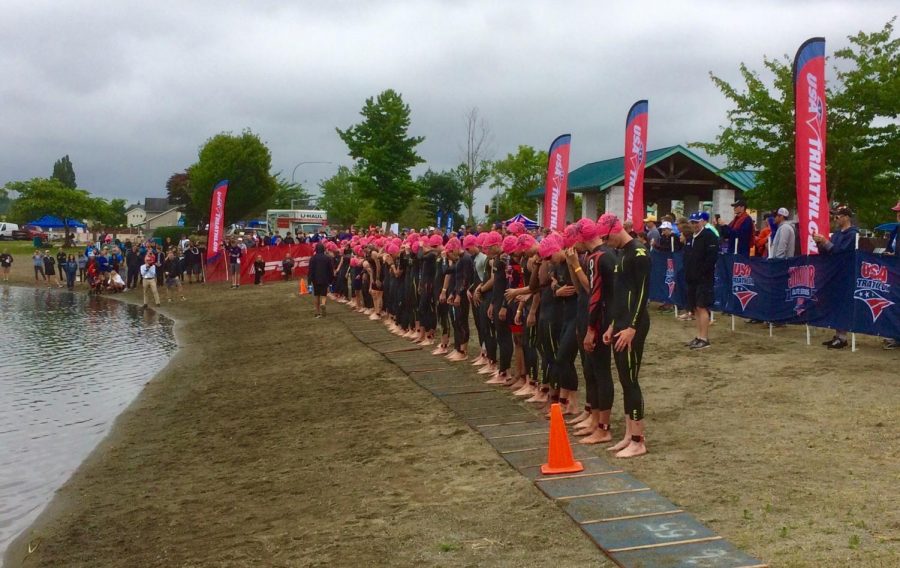
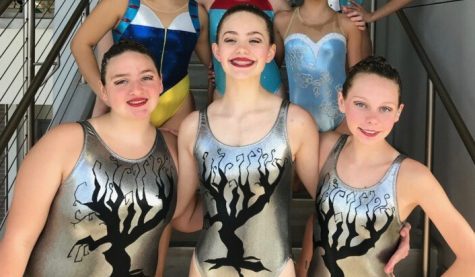
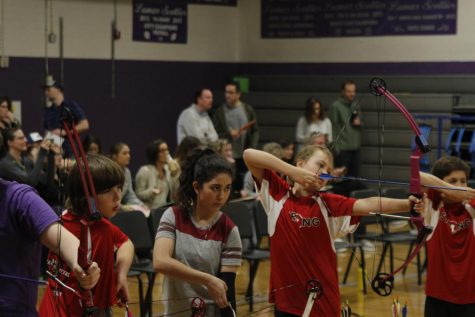
![Eli Husted stands on top of the podium after winning the 2017 Amateur Road National Championships last summer. Husted beat 68 other 15-16 year old boys to win his second straight title. [It was] a great relief, Husted said. I had won the year before too, and I just kind of wanted to defend the title.](https://macshieldonline.com/wp-content/uploads/2017/09/Husted-Cycling-Podium-1-356x475.jpg)
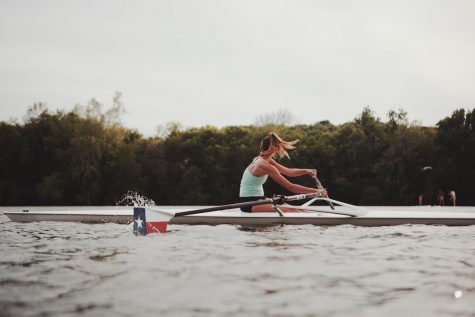

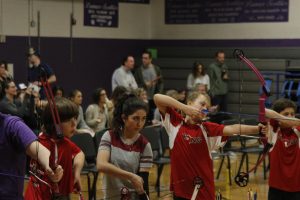
![Eli Husted stands on top of the podium after winning the 2017 Amateur Road National Championships last summer. Husted beat 68 other 15-16 year old boys to win his second straight title. [It was] a great relief, Husted said. I had won the year before too, and I just kind of wanted to defend the title.](https://macshieldonline.com/wp-content/uploads/2017/09/Husted-Cycling-Podium-1-300x400.jpg)
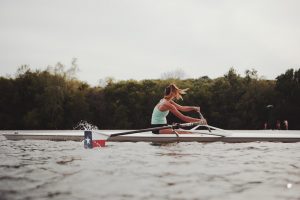
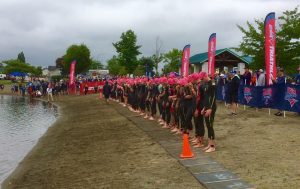

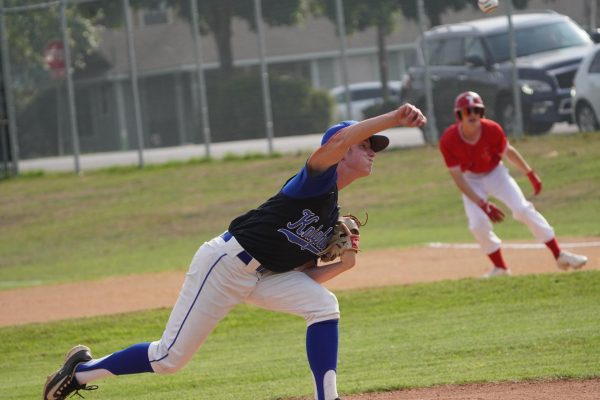
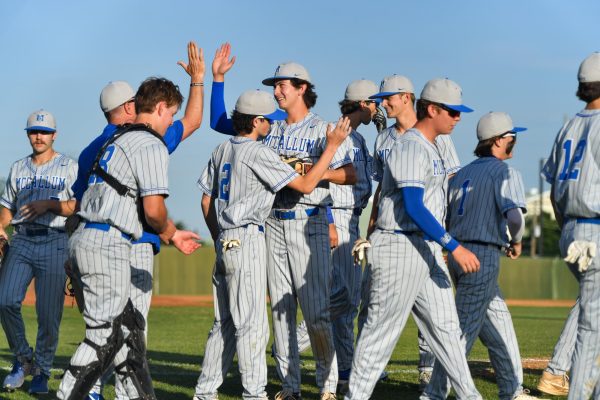
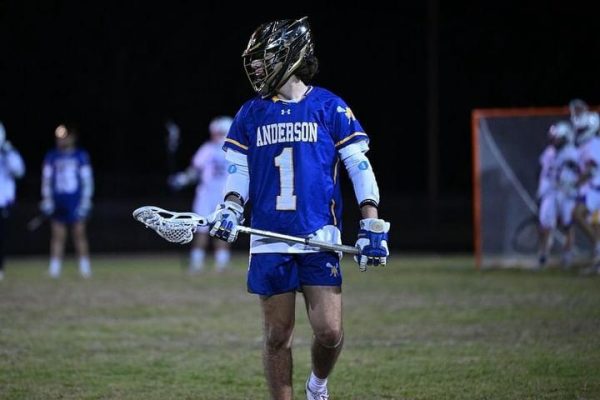
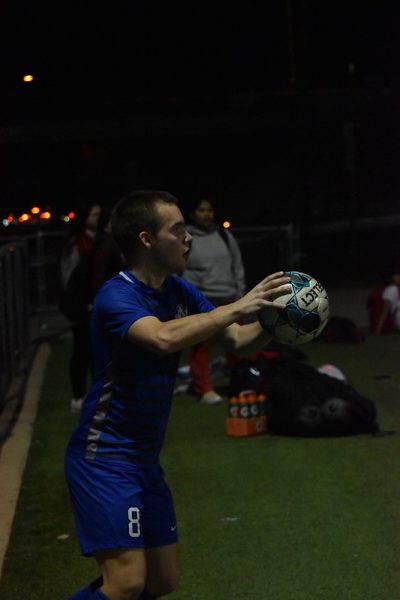
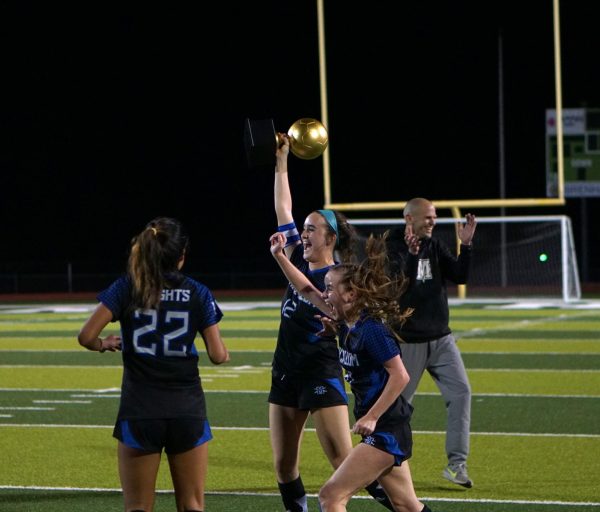
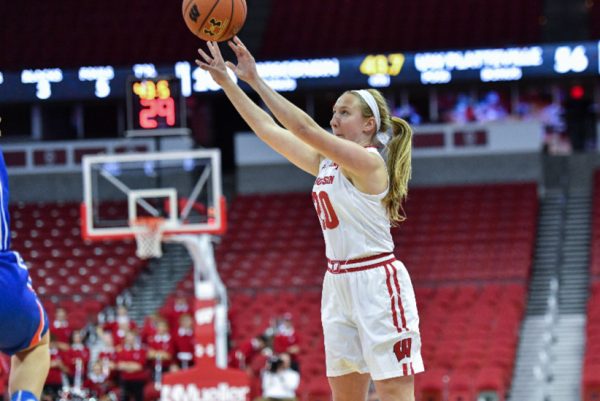
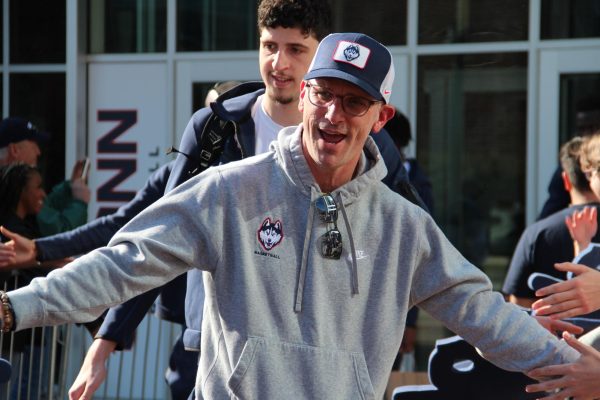
![Knight ace Natalie Myrick pitched a great game in defeat, striking out 11, walking none and allowing zero earned runs and only four hits. Her teammate Lila Brotherton said she had command of all her pitches including an intimidating fastball. Natalie is an amazing pitcher and did a really good job at that game, Brotherton said. I’m not sure who is the faster pitcher [her or LASA starter Rose Harrelson], but it is definitely a close match.](https://macshieldonline.com/wp-content/uploads/2024/03/Possible-Immersive-Softball-Photo-2-600x384.jpg)
